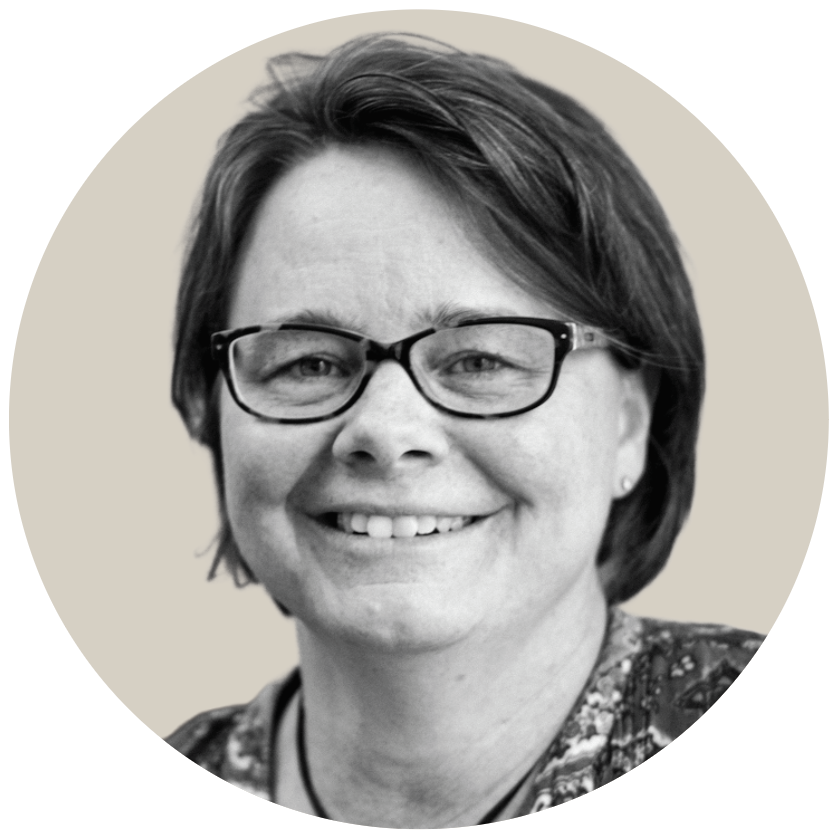
Rebecca Chandler
@RebeccaChandle1
Medical Doctor, UMC

Photo: British Library, Unsplash
There is much more to pharmacovigilance than the collection of numbers and data. If we really want to create a culture of drug safety, we need to start listening to patients.
“The plural of anecdote is not data.”
This statement has been attributed to Raymond Wolfinger, a political scientist at the University of California, Berkeley. It turns out that Wolfinger’s original statement was just the opposite: “The plural of anecdote is data.” I was quite happy to discover the truth, as this misquotation is often used as an argument to support the practice of evidence-based medicine. I was therefore intrigued by a workshop entitled “Thinking about patient stories: can experience become evidence?”, held in conjunction with the Evidence Live conference in Oxford, UK last June.
The workshop was attended by approximately 30 people and led by three organisers: James Munro, chief executive of Care Opinion, an independent non-profit feedback platform for health and social care in the UK, and André Tomlin and Douglas Badenoch of Minervation, an Oxford-based healthcare consultancy company. The group consisted largely of PhD students and staff working in the British National Health Service.
The central theme was patient stories as a new kind of evidence of healthcare quality. Breakout groups had smaller discussions exploring such questions as: Where in the hierarchy of data do patient stories fit? How can we use patient stories to enact institutional change? How do we best analyse patient stories, individually or as a group? All participants agreed that a greater appreciation for patient stories would improve the current practice of medicine, as improved healthcare delivery requires both evidence-based practice and increased patient engagement in clinical decision making.
Professionals working in drug safety also need patient stories. At its very essence, an individual case safety report is a patient story of an adverse experience after using a medicine. Often in pharmacovigilance we focus on numbers and statistics. We discuss Information Component values, proportional reporting ratios, completeness and vigiRank scores. Signal detection using spontaneously reported adverse event data is a hypothesis-generating exercise, a clinical science which is based upon individual reports of suspicions of causality between a medicinal product and an adverse event.
It is logical therefore that clinical stories contained in adverse event reports, complete with details and context, are integral to the development of hypotheses of drug safety concerns. Certain details within the patient story are integral to the building of hypotheses of causality, such as past medical history, concomitant medications, time to onset of symptoms. Other details, if provided, allow us to understand the impact of the event upon the patient’s life, their ability – or inability – to manage the adverse event, and even how the patient was treated within the healthcare system.
Pharmacovigilance is more than the identification of causal associations between drugs and new adverse events. It is about creating a culture of awareness of drug safety, and using patient stories to contribute to an evidence base that can be used by physicians and patients to make wise therapeutic decisions.
Read more:
James Munro, “Treatments and technologies matter, but patients most want to be seen as people”, The Guardian, 14 June 2017.
The safety of orphan drugs is hard to monitor as they target rare diseases afflicting small patient populations. However, an initiative led by the SFDA aims to improve this.
12 August 2024
South Africa’s pharmacovigilance system has been evolving for over a decade with UMC’s data management system supporting them every step of the way.
02 September 2024
Egypt's swift detection of vincristine-associated necrotising infections demonstrates how effective pharmacovigilance can identify risks and protect patients globally.
08 May 2025